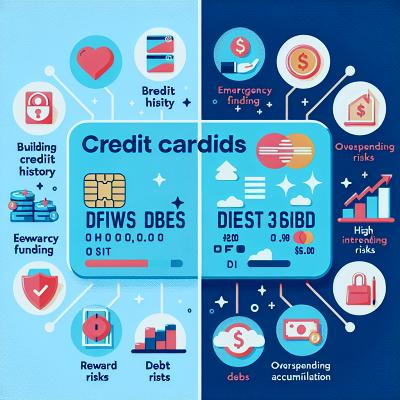
Introduction
Foreign exchange (Forex) trading is the buying and selling of currencies in the global marketplace. This activity takes place in the Forex market, which is the largest and most liquid market in the world, with an average daily trading volume exceeding $6 trillion. The purpose of this article is to provide a basic understanding of Forex trading to those who are new to this field.
What is Forex Trading?
Forex trading is essentially the simultaneous buying of one currency and selling of another. This is primarily done through a forex broker. The currencies are traded in pairs, such as the Euro and US Dollar (EUR/USD) or the British Pound and Japanese Yen (GBP/JPY). The exchange rate between two currencies tells you the cost of buying or selling a currency pair.
The Forex Market
Unlike the stock market, the Forex market is decentralized. This means there is no centralized exchange. Instead, currencies are traded through a network of banks, brokers, and traders across the globe. The market operates 24 hours a day, five days a week, with trading starting in Sydney and moving across the globe as the business day begins in each financial center, first to Tokyo and London, and then New York.
Forex Pairs
Forex trading involves trading pairs of currencies. In a pair, the first listed currency is the 'base' currency, while the second is the 'quote' or 'counter' currency. For example, in the pair EUR/USD, EUR is the base currency, and USD is the quote currency. The exchange rate represents how much of the quote currency is needed to buy one unit of the base currency. If the EUR/USD exchange rate is 1.20, it means that 1.20 US dollars are required to purchase 1 Euro.
Long and Short Positions
In Forex trading, taking a 'long' position means buying the base currency and selling the quote currency in anticipation that the base currency will appreciate in value. On the other hand, taking a 'short' position involves selling the base currency and buying the quote currency, expecting the base currency to depreciate.
Forex Trading Platforms
To trade Forex, you need a platform provided by Forex brokers. These platforms allow you to buy and sell currency pairs from the comfort of your home or office. Some popular Forex trading platforms include MetaTrader 4 (MT4), MetaTrader 5 (MT5), and cTrader.
Leverage in Forex Trading
Leverage is a tool provided by Forex brokers that allows traders to control larger positions with a small amount of capital. It's expressed as a ratio, such as 1
100, meaning you can control $100 with just $1. While leverage can amplify profits, it can also magnify losses, making it important to use responsibly.
Conclusion
Forex trading provides an opportunity to profit from fluctuations in currency values. However, it's crucial to understand that it involves significant risk. Therefore, it's advisable to educate oneself thoroughly, develop a sound trading strategy, and practice with a demo account before venturing into live trading. Remember, the goal is not to make quick profits, but to develop a long-term strategy that enables steady and sustainable gains.



















